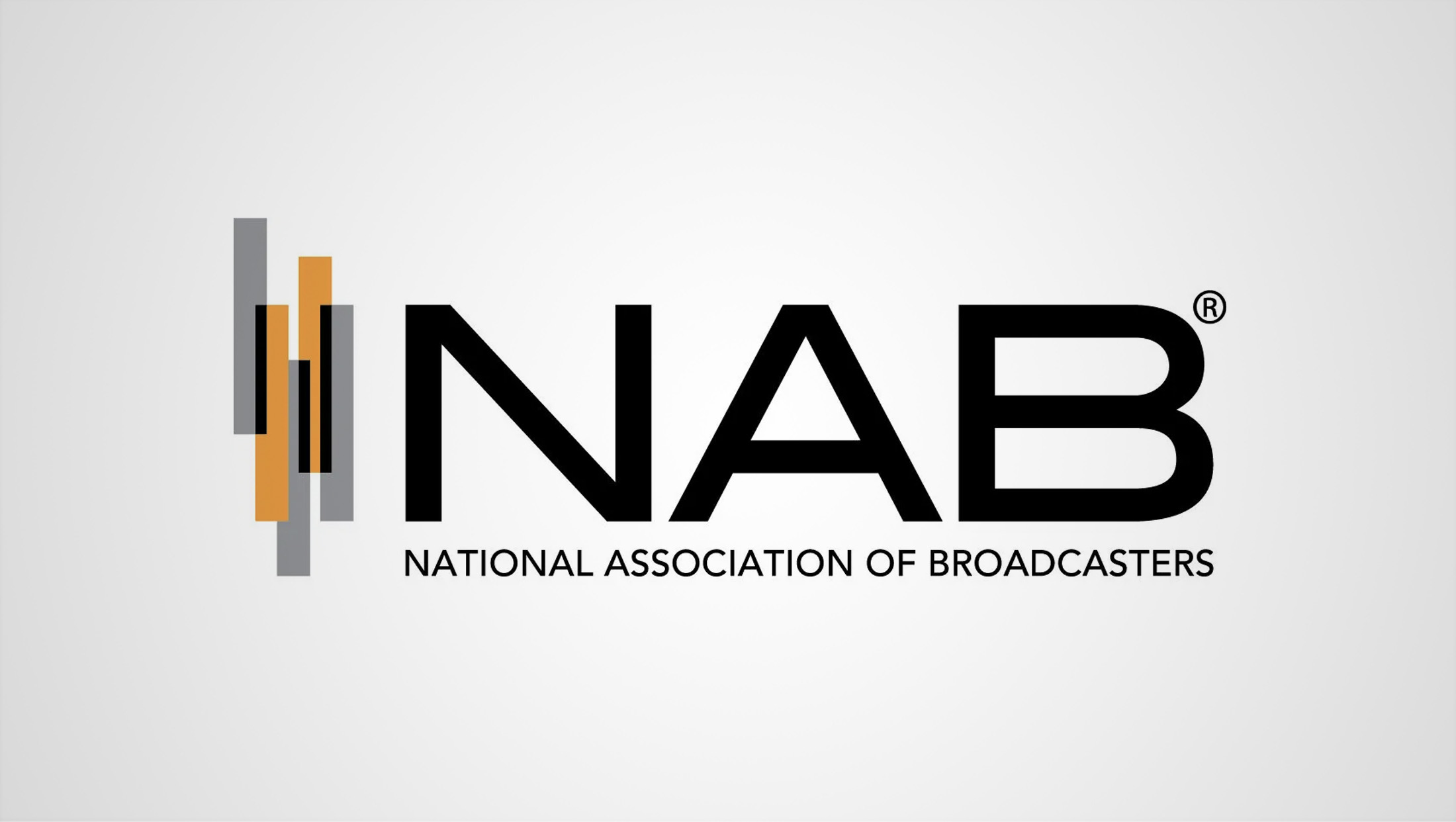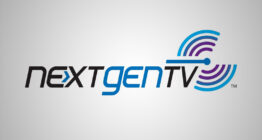NAB fires back at industry coalition opposing ATSC 3.0 mandate

Subscribe to NCS for the latest news, project case studies and product announcements in broadcast technology, creative design and engineering delivered to your inbox.
The National Association of Broadcasters responded sharply to industry opposition against its ATSC 3.0 transition petition, accusing cable companies and consumer electronics groups of “protecting their turf” rather than serving the public interest.
In a July 7 blog post, NAB Chief Legal Officer Rick Kaplan dismissed objections raised by six industry groups during a recent Federal Communications Commission meeting as “reflexive, innovation-blocking” efforts from “the usual suspects.” The coalition, including Consumer Technology Association, NCTA, and four other organizations, met with FCC officials June 27 to oppose NAB’s February petition for mandatory ATSC 3.0 transition deadlines.
NAB’s petition requests a two-phase timeline requiring full-power stations in the top 55 markets to end ATSC 1.0 simulcasting by February 2028, with remaining markets following by February 2030. The proposal also seeks mandatory ATSC 3.0 tuners in new television sets.
Kaplan challenged the coalition’s cost arguments, particularly CTA’s analysis showing ATSC 3.0-capable televisions cost an average of $157 more than ATSC 1.0-only models.
“CTA uses faulty logic to suggest ATSC 3.0 tuners are responsible for an $80 price difference between TVs with Next Gen TV capability and those without,” Kaplan wrote, arguing that premium features like 8K video and enhanced display technologies drive higher prices rather than the broadcast tuners alone.
The NAB executive accused opponents of hypocrisy in their positions.
Regarding cable operators’ concerns about transition costs, Kaplan wrote: “Pay-TV providers built their empires reselling broadcast television. Now they don’t want to invest in updates to stay current? Or are they afraid that a stronger over-the-air platform might allow more viewers to drop the costly monthly cable bill?”
Kaplan defended broadcasters’ plans to use ATSC 3.0 spectrum for non-broadcast services, which the American Television Alliance claimed could consume more than 95% of available bandwidth. “Using what’s left to deliver public safety, datacasting and educational services is a public good, not a scandal,” he wrote, noting that broadcasting has operated with reduced spectrum allocation compared to other industries.
The coalition’s July 1 letter to the FCC detailed technical and financial challenges facing different industry sectors. NCTA estimated that individual cable operators could face tens of millions of dollars in equipment costs, while ACA Connects warned that smaller providers might abandon video services entirely due to transition expenses.
Public Knowledge raised legal concerns about the A3SA certification process required for ATSC 3.0 devices, arguing it “operates without meaningful external oversight, with licensing terms that are confidential and decision-making processes that are opaque.” The organization warned that certification barriers could exclude startups and academic developers from the ATSC 3.0 ecosystem.
Kaplan dismissed digital rights management objections as fear-based. “The objections about digital rights management are driven by fear of losing control, not genuine concern for open ecosystems,” he wrote, noting the irony of NCTA joining arguments against encryption.
The LPTV Broadcasters Association opposed mandatory transitions for low-power stations, arguing that the costs exceed small broadcasters’ financial capabilities. Kaplan acknowledged this concern, noting that NAB’s petition excludes LPTV requirements and requests additional time for non-commercial educational broadcasters.
“The answer isn’t to stall the entire industry. It’s to provide targeted support, not blanket inaction,” he wrote.
Current market data supports both sides’ arguments about over-the-air television relevance.
Nielsen indicates approximately 22.75 million households use broadcast television, while Horowitz Research found antenna-equipped homes declined from 32% in 2020 to 19% in 2025. However, Kaplan emphasized that millions of viewers already benefit from ATSC 3.0 features in markets where it’s available.
The exchange highlights fundamental disagreements about broadcast television’s future and how much regulation is needed to move broadcast to its next phase.
The FCC’s Media Bureau requested public comment on NAB’s petition in April. The comment period revealed deep industry divisions about transition timelines, costs, and the appropriate balance between innovation and market forces in broadcast technology adoption.
Subscribe to NCS for the latest news, project case studies and product announcements in broadcast technology, creative design and engineering delivered to your inbox.





tags
A3SA, Consumer Technology Association, FCC, NAB, NCTA, NextGen TV ATSC 3.0
categories
Broadcast Business News, Broadcast Engineering, Heroes, NextGen TV, Policy